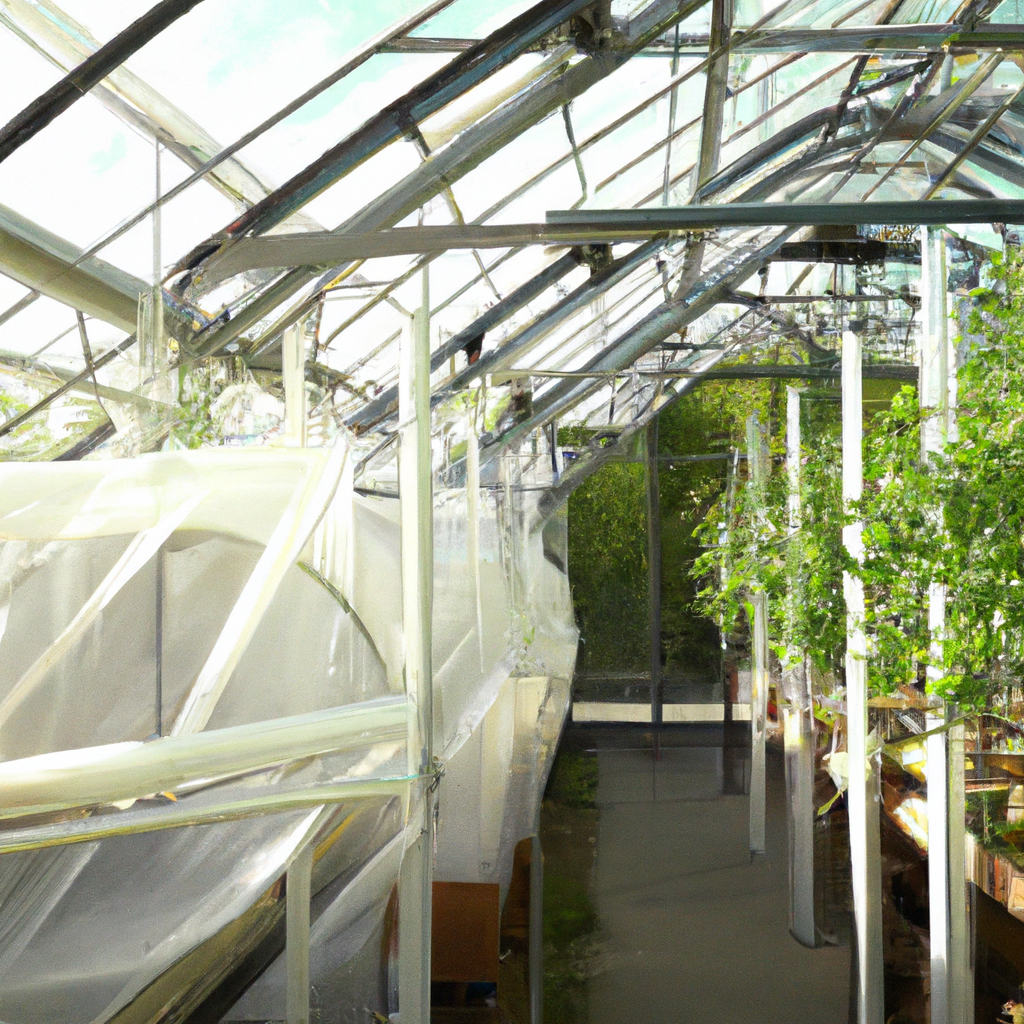Greenhouse Gardening: How Does a Greenhouse Grow Plants?
Greenhouse gardening is an indoor gardening technique that involves the cultivation of plants in a controlled environment. A greenhouse is a structure designed to trap and retain heat, creating a warm and humid environment that is ideal for plant growth. Greenhouse farming is becoming increasingly popular around the world due to its many benefits, including year-round plant propagation, improved plant growth, and higher crop yields. In this article, we will explore how a greenhouse grows plants, including the design, management, and environment of a greenhouse.
Greenhouse Design
The design of a greenhouse is essential to the growth of plants. A greenhouse should be able to trap and retain heat, have good ventilation, and be able to control the amount of light that enters the structure. Greenhouse technology has evolved over the years, and today, there are several types of greenhouses, including hoop houses, lean-tos, and freestanding structures.
Greenhouse Management
Greenhouse management is crucial to the growth of plants. Proper management involves the use of appropriate fertilizers, the control of pests and diseases, and the maintenance of optimal temperatures and humidity levels. Greenhouse management also involves the use of appropriate planting techniques, such as spacing, planting depth, and plant support.
Plant Propagation
Greenhouses are ideal for plant propagation, which involves the production of new plants from existing plants. Plant propagation can be done through several techniques, including seed sowing, cloning, and grafting. Greenhouses provide an ideal environment for plant propagation, as they offer a controlled environment that is conducive to plant growth.
Greenhouse Environment
The environment of a greenhouse is critical to the growth of plants. The environment includes factors such as temperature, humidity, light, and air circulation. The temperature inside a greenhouse should be warm and consistent, ranging between 60°F and 80°F. Humidity levels should also be high, ranging between 50% and 70%. Adequate light is also essential for plant growth, and greenhouses should be designed to allow natural light to enter the structure. In cases where natural light is not enough, supplemental lighting may be required.
Greenhouse Cultivation
Greenhouse cultivation involves the production of crops in a controlled environment. This type of cultivation has many benefits, including year-round crop production and higher yields. Greenhouse cultivation requires proper management, including the use of appropriate fertilizers, pest and disease control, and the maintenance of optimal temperatures and humidity levels.
Conclusion
Greenhouse gardening is an indoor gardening technique that offers many benefits, including year-round plant propagation, improved plant growth, and higher crop yields. The design, management, and environment of a greenhouse are essential to the growth of plants, and proper greenhouse cultivation requires the use of appropriate planting techniques, fertilizers, and pest and disease control measures. Greenhouse farming is becoming increasingly popular worldwide, and it is a sustainable way to produce crops and support food security.







